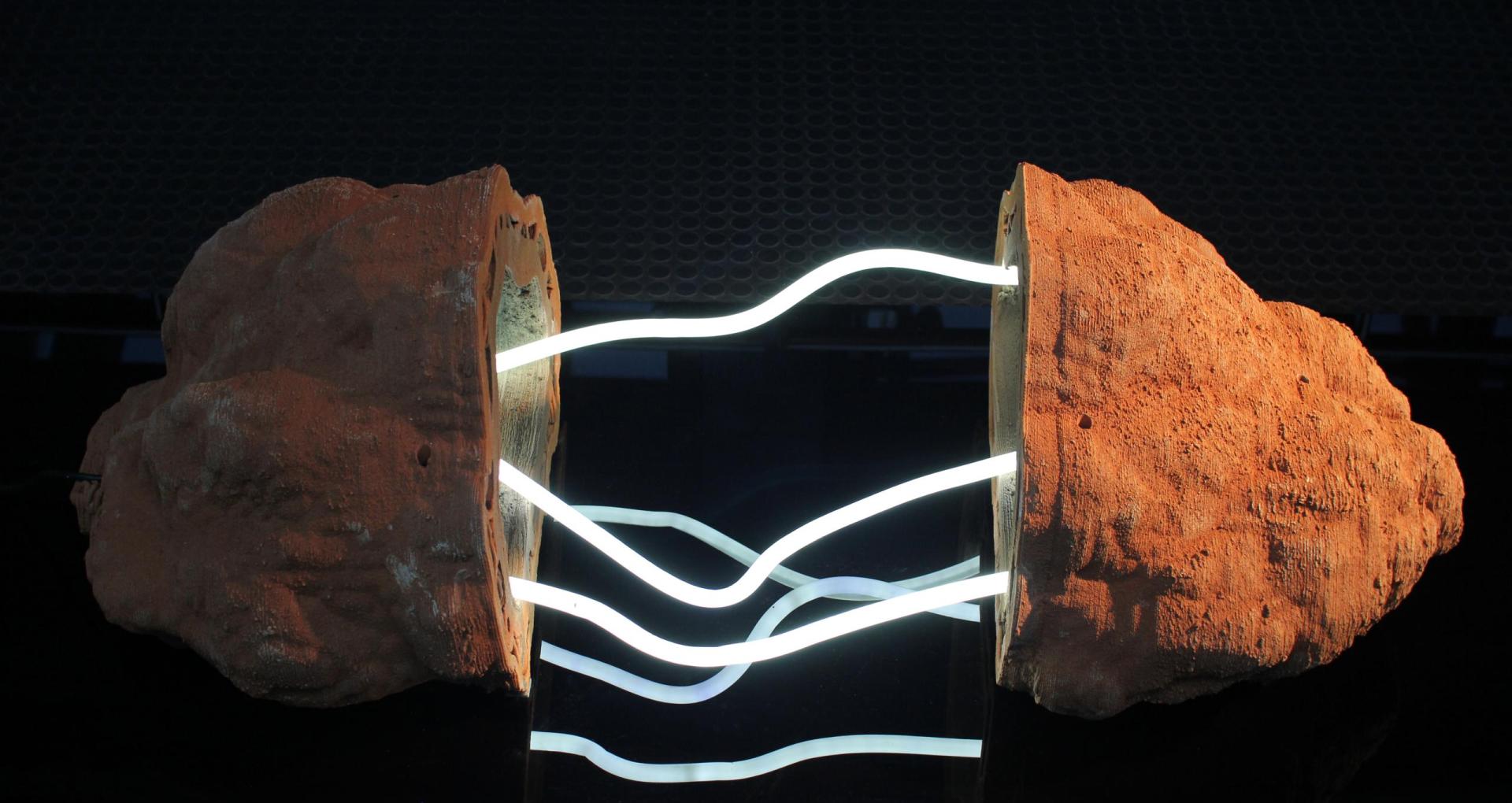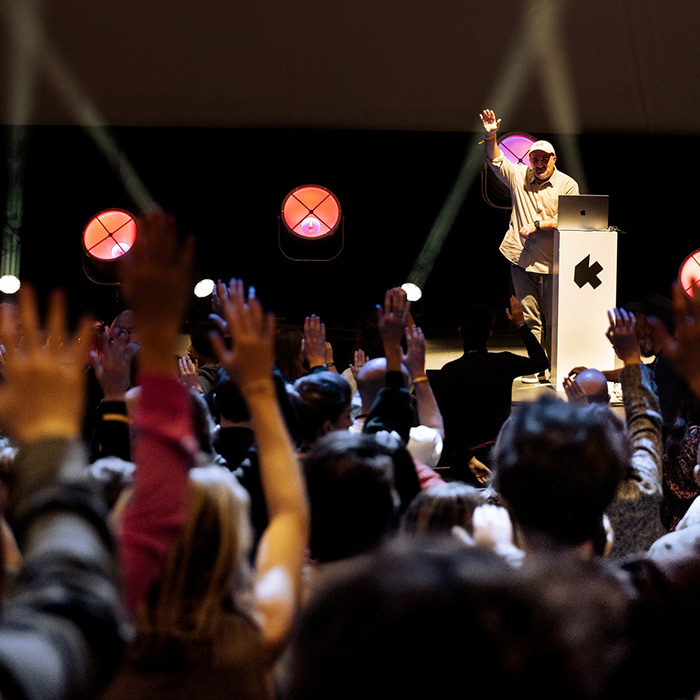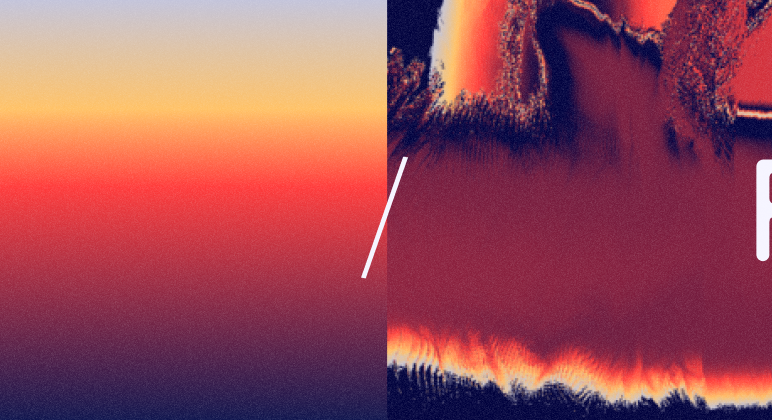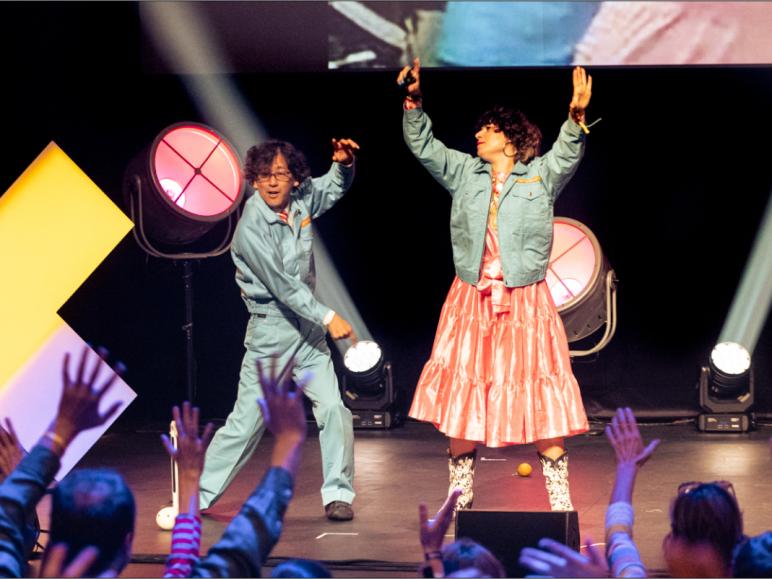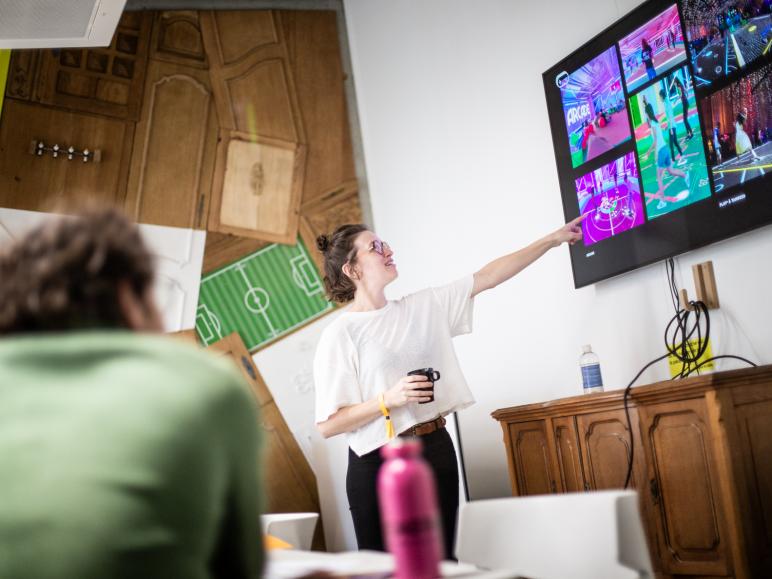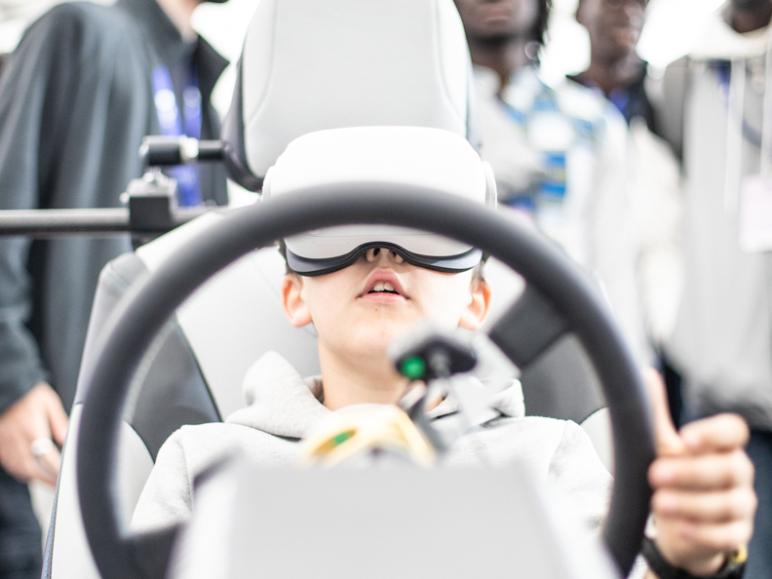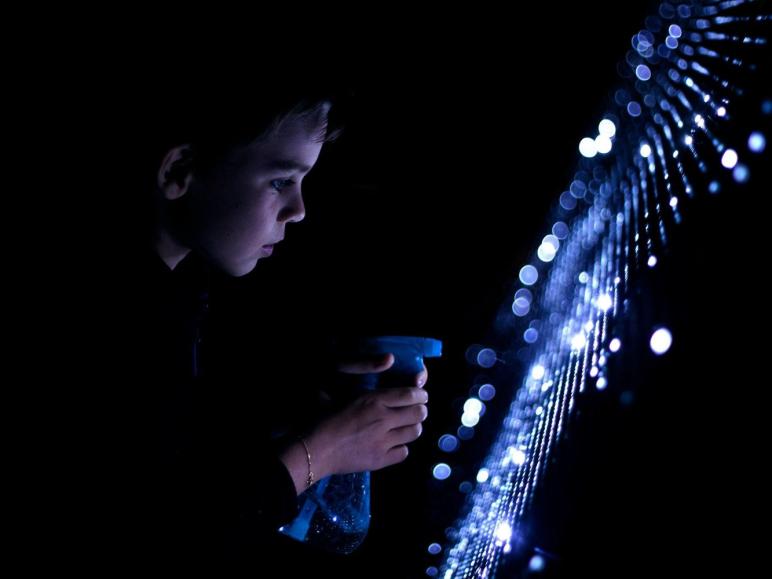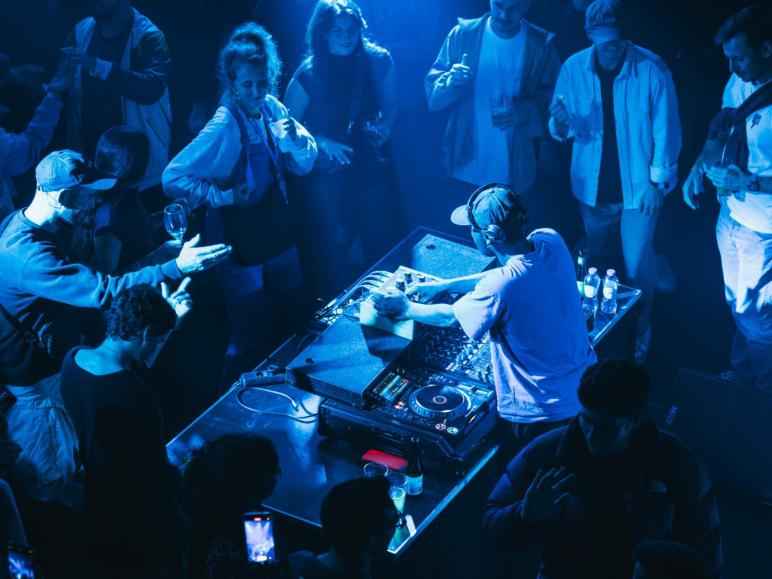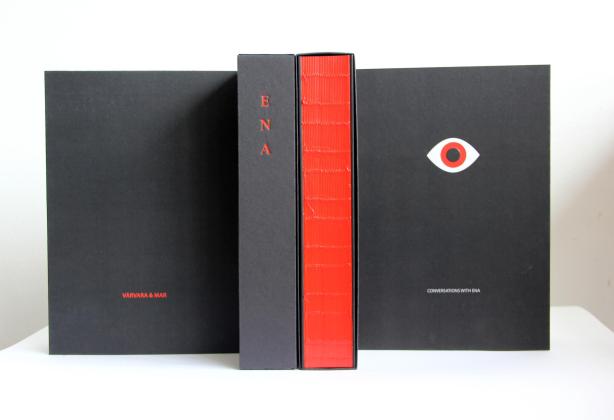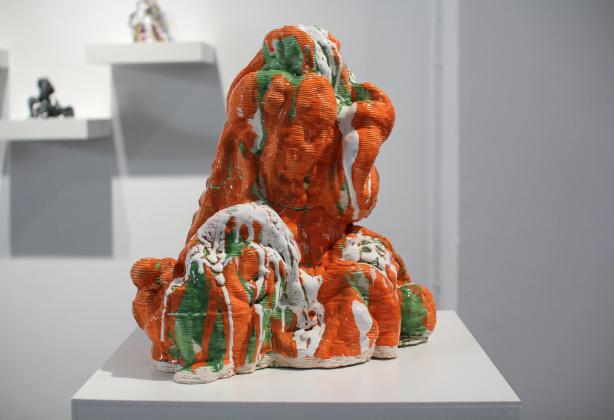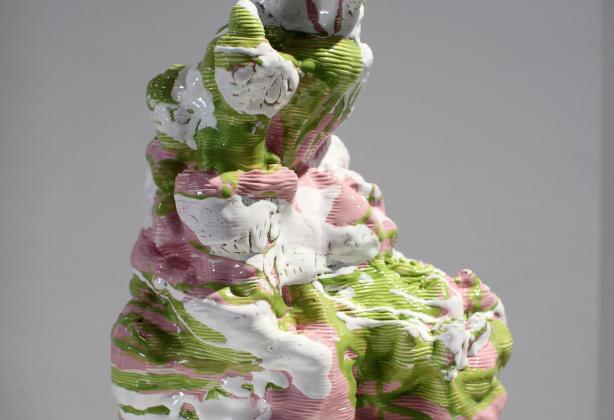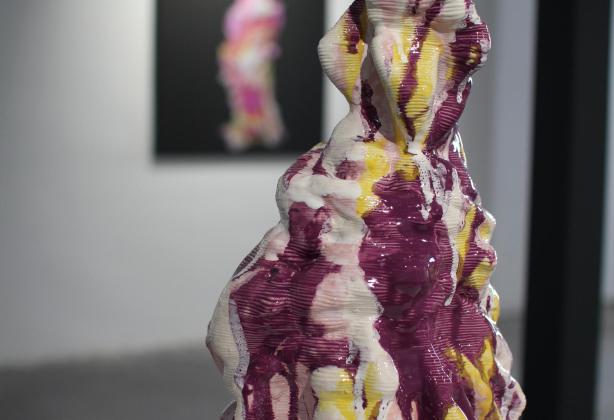Varvara & Mar
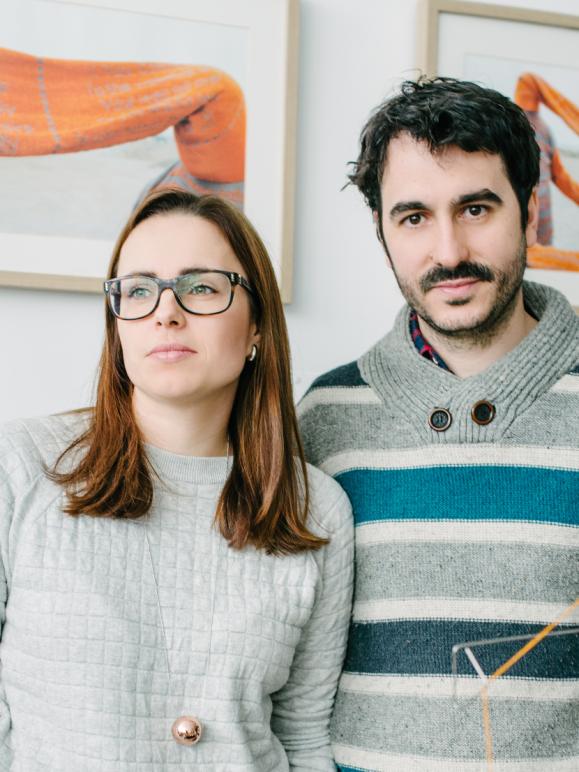
Varvara & Mar, an artist duo formed by Varvara Guljajeva and Mar Canet in 2009, explore the social impact of the digital age through their work, addressing technological change and its effects on society. Their art has been showcased at international venues such as MAD in New York, FACT in Liverpool, Santa Monica in Barcelona, the Barbican and V&A in London, Ars Electronica in Linz, and ZKM in Karlsruhe. Currently, Dr. Varvara Guljajeva and Mar Canet serve as substitute professors at the Academy of Media Arts Cologne.
Artistic Strategies to Guide Neural Networks
Artificial intelligence (AI) is increasingly integral to the creation and dissemination of culture. But how are artists harnessing neural networks for creative expression, and what impact do these algorithms have on contemporary artistic practices? Through practice-based research, we explore the potential and limitations of current AI technologies, specifically neural networks, across image, text, and form generation. What began as a proof of concept in deep learning (DL) has evolved into a sophisticated tool for artistic production, giving rise to a distinct genre of AI-generated art.
In a remarkably short time, DL has enabled the generation of high-resolution images and 3D objects, with models such as CLIP and text2mesh further transforming creative workflows by using text inputs to generate visual and spatial outputs. This paradigm shift fosters creativity and influences the development pipeline of these technologies, positioning artists as key drivers of innovation.
However, the success of these creative processes relies not only on the availability of AI models but also on the expertise involved in integrating them into real-time and autonomous systems, using custom datasets and algorithms. AI does not offer a ‘push-button’ solution to artistic creation; it demands a deep understanding of the underlying technology and a creative approach to produce high-quality work. Our findings suggest that the most compelling outcomes arise from a symbiotic relationship between DL tools and human input, revealing that while AI opens new horizons for inspiration and provides novel tools, it does not—and cannot—fully automate the creative process.

